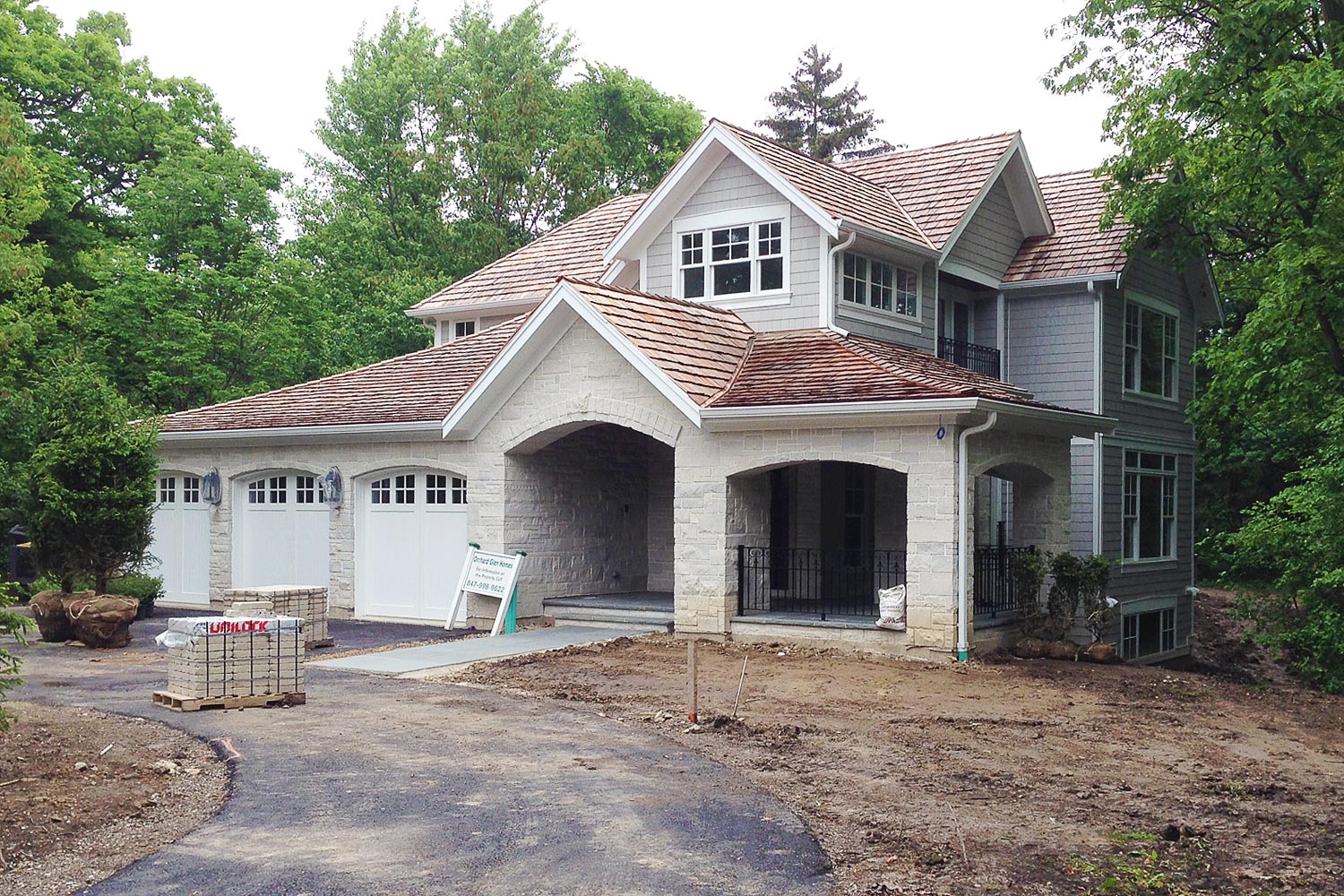Three new different data points show some outlines of Chicago's housing recovery. If you can afford to build a big, brand new house, you'll be fine.
1. Chicago was the only one of the top 30 US cities whose home prices in April 2013 were below where they had been a year earlier, according to the latest FNC Residential Price Index release, out yesterday. According to FNC, Chicago’s home prices were down 0.9% in April 2013 from April 2012; the 30-city composite was up 5.2%, and improvements in the other 29 cities ranged from 0.5% in Columbus, Ohio, to 29.1% in Phoenix.
(Uh, yeah, 29.1% in one year. But that actually may not be the sound of a new bubble inflating, says the Wall Street Journal’s Nick Timiraos.)
On the month-to-month comparison, Chicago did better: Our 1.4% price increase from March to April was the fifth best among the top cities and, more important, well above the 30-city composite, which was up 0.8%.
We were joined in the top five by a few other cities that, like us, were hit extra-hard by the bust: Phoenix, Las Vegas and Miami.
Why is that important? Because it might be that our prices sagged so low in the post-boom years that buyers find the present rising-but-still-low prices almost irresistible as interest rates and confidence about the future go up.
2. Home construction has come roaring back on the North Shore and in Barrington. In May, 33 new-construction homes were added to the for-sale listings on MRED, the multiple listing service. That’s up from just one in May 2012, according to the North Shore-Barrington Association of Realtors.
Builders are clearly interested in filling the widely reported “mansion shortage”, a lack of inventory in high-end places where buyers are eager to take advantage of the great buying climate now, when low prices and low interest rates mean they can get more mansion for their money.
Affluent people are always attractive to home builders, but here’s why they’re especially attractive right now: Over 50 percent of Chicago-area homeowners have what Zillow calls “effective negative equity”—meaning that even if their loan isn’t underwater, they don’t have enough equity to cover the costs of a new down payment and taxes, so they can’t afford to move. But people in the market for high-end homes are more likely to have other sources of funds (their stock portfolios, for example) that they can draw on so they can take advantage of the buyer’s market before it disappears.
3. Chicago’s 16 majority-Latino neighborhoods continue to struggle with the aftermath of the foreclosure crisis. The Latino Policy Forum has found that 22.19 percent of the foreclosures in the city during the years 2007-2012 were in those neighborhoods. (Data don’t exist on foreclosure by race or ethnicity within small geographical areas like a Chicago neighborhood, so the Forum’s data might include non-Latino foreclosures in Latino neighborhoods and doesn’t include Latino foreclosures in non-Latino neighborhoods.)
Juliana Gonzalez-Crussi, the group's policy analyst, and Savannah Clement, its housing policy associate, believe the data point up a need to focus foreclosure-recovery resources on those areas. Doing so will benefit the larger city, they say, because Latinos are both a fast-growing population group in Chicago and a population that shows a lot of eagerness to buy homes.
“Without Latinos,” Clement said, “there is no [full-scale] recovery” in Chicago.



